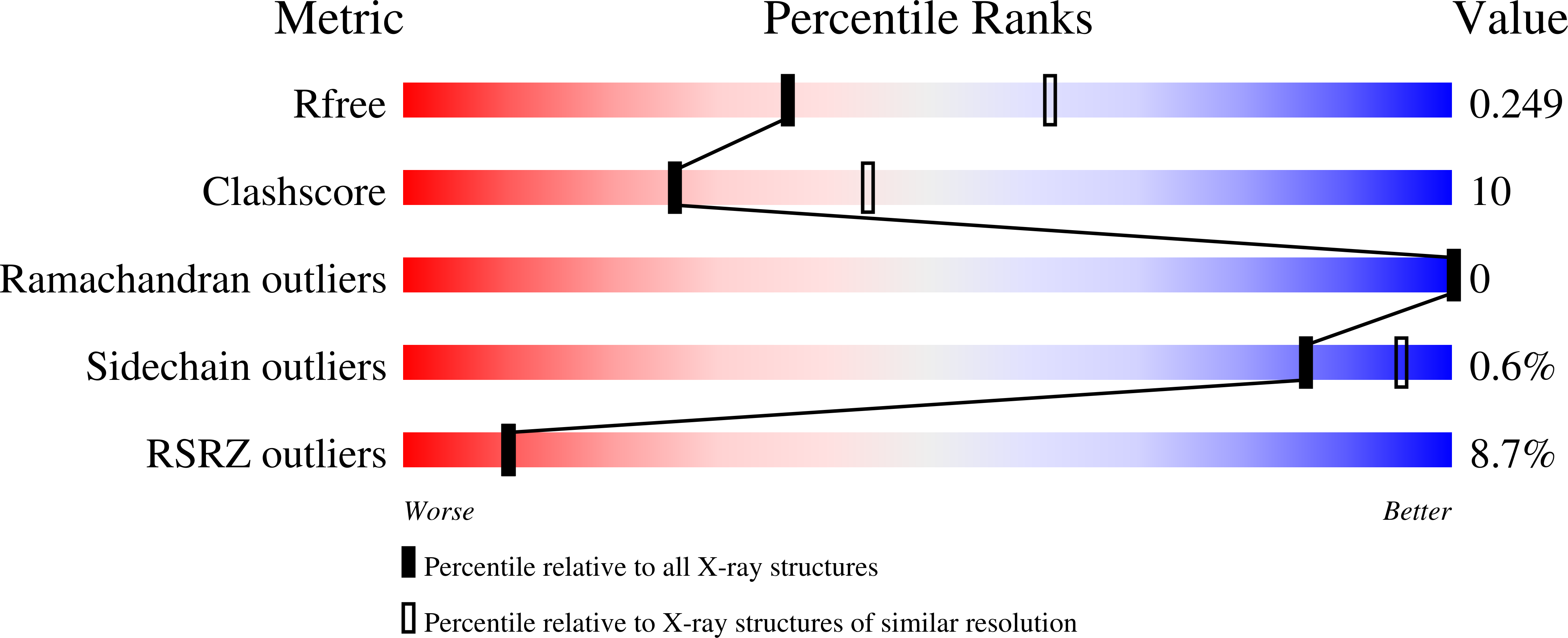
Deposition Date
2024-01-13
Release Date
2024-08-28
Last Version Date
2024-09-25
Entry Detail
PDB ID:
8VMF
Keywords:
Title:
Crystal structure of a transition-state mimic of the GSK-3/Axin complex bound to a beta-catenin S45D peptide
Biological Source:
Source Organism:
Mus musculus (Taxon ID: 10090)
Homo sapiens (Taxon ID: 9606)
Homo sapiens (Taxon ID: 9606)
Host Organism:
Method Details:
Experimental Method:
Resolution:
2.50 Å
R-Value Free:
0.25
R-Value Work:
0.20
R-Value Observed:
0.21
Space Group:
P 61 2 2


